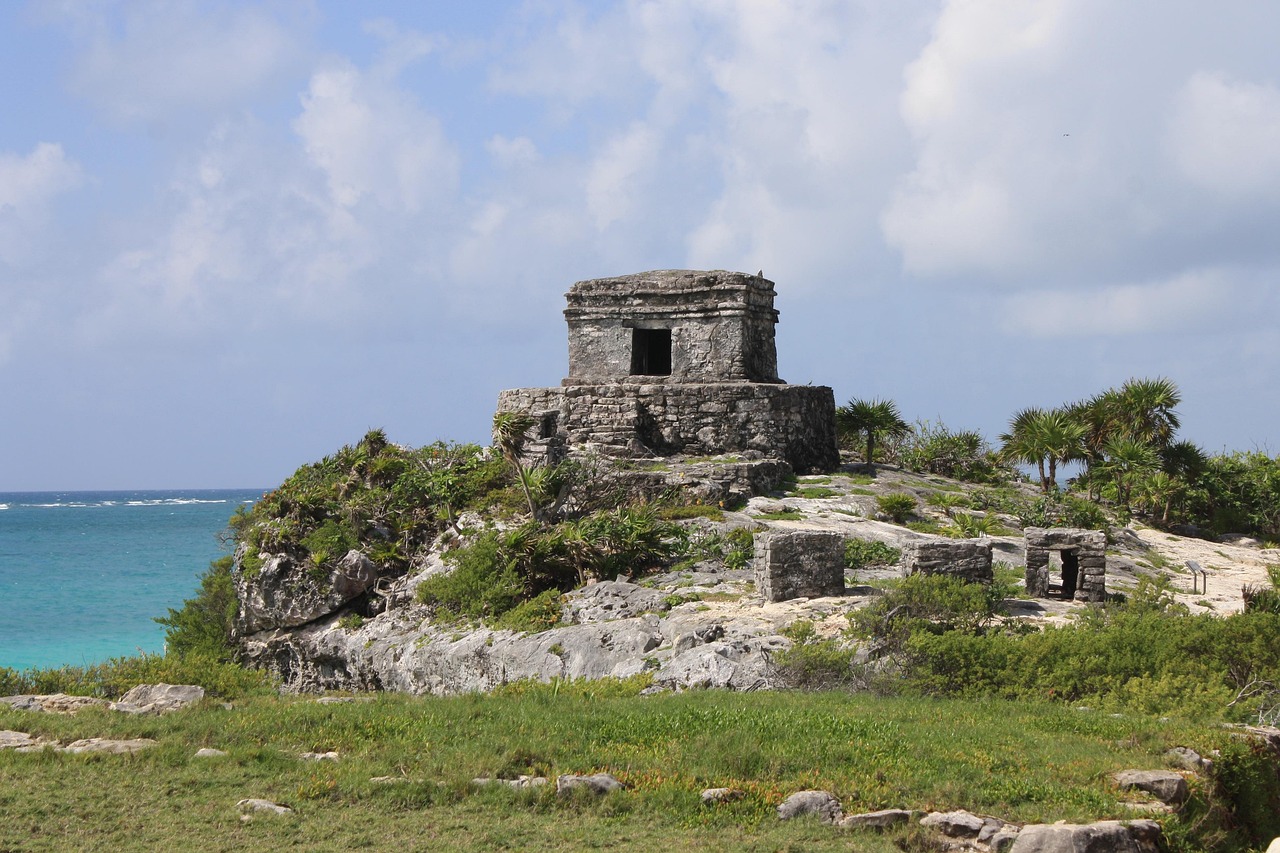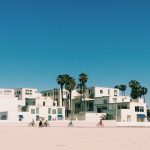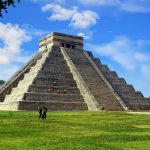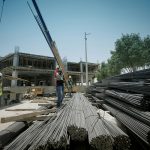Tulum 2030: the future in sustainable real estate development
Entre projets d’infrastructure, nouvelles régulations et un changement profond vers la durabilité, la ville avance vers une nouvelle étape qui promet de redéfinir son identité sans perdre son essence naturelle.
Tulum 2030: the future in sustainable real estate development
- October 23, 2025
Tulum is no longer just a bohemian paradise — it’s becoming one of Mexico’s most fascinating urban laboratories.
With new infrastructure projects, environmental regulations, and a clear shift toward sustainability, the city is entering a new era that promises to redefine its identity without losing its natural essence.
But what does this future look like, and what does it mean for those looking to invest or live in the Riviera Maya?
Let’s explore the vision of Tulum 2030 — where growth and environmental consciousness live in harmony.
A new chapter for Tulum
Over the past decade, Tulum has transformed from an off-the-beaten-path destination into a global symbol of luxury tourism and conscious living.
Its rapid expansion, driven by international demand and the rise of vacation rentals, brought an explosion of real estate projects — but also urban, environmental, and regulatory challenges.
Today, local authorities are working on a new urban master plan designed to preserve what makes Tulum unique while ensuring orderly, sustainable, and well-connected growth.
This forward-looking approach — Tulum 2030 — seeks to build a model where development and nature coexist responsibly.
Infrastructure Powering the Future
Infrastructure is one of the main forces shaping Tulum’s evolution.
Two transformative projects stand out:
Tulum International Airport “Felipe Carrillo Puerto”
Recently inaugurated, this airport is turning Tulum into a new, independent tourism hub — no longer just an extension of Cancún.
With direct flights from the U.S., Canada, and Europe, it’s expected to handle over 5 million passengers annually by 2026, boosting both tourism and real estate demand across the region.
The Maya Train: Sustainable mobility and regional growth
The Maya Train, one of Mexico’s most ambitious infrastructure projects, will connect Tulum with key destinations across the Yucatán Peninsula — including direct access to the airport.
Beyond transport, it represents a catalyst for cultural and economic integration, easing traffic while improving mobility for residents and visitors alike.
Together, these projects mark the foundation for a new era of connectivity and territorial planning in the Riviera Maya.
Responsible urban planning: The path to balanced growth
Unlike the unregulated boom of previous years, Tulum is now embracing a model guided by ecological and density-based planning principles.
The new Urban Development Plan (PDU) introduces clear rules regarding:
Maximum building heights in environmentally sensitive areas.
Protected and buffer zones to preserve jungle ecosystems.
Green corridors and non-motorized mobility routes (bike paths, pedestrian walkways).
Water treatment and waste management standards.
The goal is simple but powerful: allow growth without losing balance.
This new regulatory framework also provides greater legal certainty for investors, protecting long-term property values and ensuring more stable, predictable development.
Bioclimatic design and sustainable materials
Sustainability is also transforming architecture.
New projects in Tulum are increasingly guided by bioclimatic design principles, which reduce energy use and respect the local environment.
Some of the leading trends include:
Smart orientation to capture natural ventilation.
Solar panels and rainwater harvesting systems.
Local materials such as limestone, chukum, and bamboo.
Open, nature-integrated spaces.
This design approach not only reflects environmental awareness — it also captures the laid-back, nature-connected lifestyle that defines Tulum.
Living in harmony with nature is no longer a luxury; it’s the new definition of luxury.
Investment opportunities with a long-term vision
Despite global fluctuations, Tulum’s real estate market remains resilient.
Driven by international tourism, remote workers, retirees, and investors, the region continues to offer strong returns and capital appreciation.
Looking toward 2030, success will depend on strategic, conscious investment.
The best opportunities will be found in projects that offer:
Strategic locations within the new urban development zones.
Sustainable design and environmental certifications.
Long-term appreciation potential tied to infrastructure projects like the Maya Train and the international airport.
Investors who align with this new paradigm — more structured, more responsible, and more forward-thinking — will see the greatest rewards.
Sustainability as a core identity
Tulum has always attracted a different kind of traveler — one seeking wellness, balance, and connection to nature.
That identity is now becoming its most powerful brand.
Today, sustainability isn’t just an added value;
it’s the essence of Tulum’s new identity.
From boutique hotels to residential complexes, developers are increasingly adopting clean energy, green design, and eco-friendly materials.
Development is no longer measured in square meters — but in conscious meters.
From tourist destination to livable city
One of the biggest transformations on the horizon is Tulum’s shift from a tourist hub to a fully livable city.
The influx of remote professionals, young families, and long-term residents is driving demand for schools, healthcare, coworking spaces, and cultural centers.
This evolution is creating a more complete urban ecosystem, where living in Tulum is no longer just a dream — it’s becoming a lifestyle reality.
Challenges on the road ahead
The journey toward sustainable growth comes with challenges:
Managing population growth and pressure on local services.
Improving wastewater infrastructure to protect the cenotes and underground rivers.
Preserving local culture and identity amid global influences.
Yet, Tulum’s proactive urban policies, combined with responsible developers and a more conscious community, are paving the way toward a balanced and sustainable future.
Looking ahead: A shared vision for 2030
By 2030, Tulum aims to become a global model of responsible development.
It’s not about slowing down growth — it’s about growing smarter, cleaner, and in harmony with its surroundings.
For investors, this means profitable opportunities with purpose.
For residents, it promises a higher quality of life surrounded by nature and culture.
And for the world, it’s a reminder that prosperity and preservation can coexist.
Conclusion: Tulum, where the future grows in balance
The Tulum of 2030 will not be a replica of its past — it will be its evolution.
A city where architecture, jungle, and modern living exist in dialogue and respect.
Investing in Tulum today means investing in that future — one where growth has green roots and sustainable horizons.
Because here, more than just buildings, a new way of living is being built.




